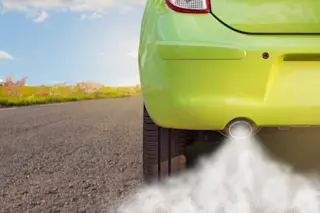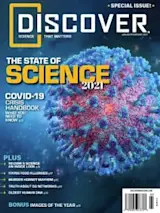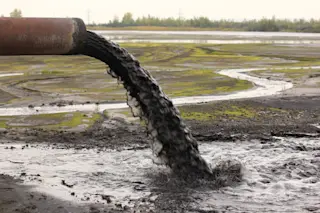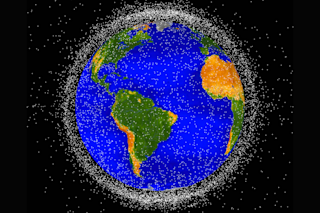This article appeared in Discover’s annual state of science issue as “Killer Pollution.” Support our science journalism by becoming a subscriber.
Exhaust pipes and power plants spew tiny particles 2.5 microns in diameter or smaller into the air we breathe. Thousands of them could fit on the period at the end of this sentence. And recent studies show that long-term exposure to this fine-particle pollution at levels far below what current EPA standards allow is associated with premature death.
Yet some researchers, including the current chair of the EPA’s Clean Air Scientific Advisory Committee, declined to revise the National Ambient Air Quality Standards (NAAQS) in April. They argued that because the researchers conducting the studies used traditional statistical approaches that rely on assumptions, they failed to show causality.
Fine particulate (PM2.5) pollution in 2000. (Credit: Wu et al. 2020 Science Advances)
Wu et al. 2020 Science Advances
Harvard University scientists ...















